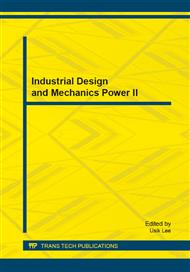p.807
p.811
p.817
p.823
p.829
p.834
p.840
p.849
p.853
Research on Performance Analysis of Digital Baseband Signal Transmission
Abstract:
Nowadays, in order to improve the quality of signal transmission and reduce the signal attenuation and noise interference, the transmission digital baseband signal modulation become mainstream in today's signal transmission. For the digital baseband signal transmission performance of research helps us to understand the process of digital signal transmission. Firstly, using shift registers to produce m sequence, used to simulate the data signal and the pseudo random noise signal. Then, to design a low pass filter, used to simulate the channel. Data signal transmission in the channel was carried with additive random noise interference, we can measure signal interference by observing eye pattern at the receiving terminal. If to Manchester encoding of data signal, the receiver decoding output data signal can be extracted using the synchronous clock circuit to get the clock signal to synchronize, and display the eye pattern, which is used to evaluate the performance of the transmission system. And we put forward the optimization scheme of the digital baseband signal transmission performance through the research.
Info:
Periodical:
Pages:
829-833
Citation:
Online since:
October 2013
Authors:
Price:
Сopyright:
© 2013 Trans Tech Publications Ltd. All Rights Reserved
Share:
Citation:


